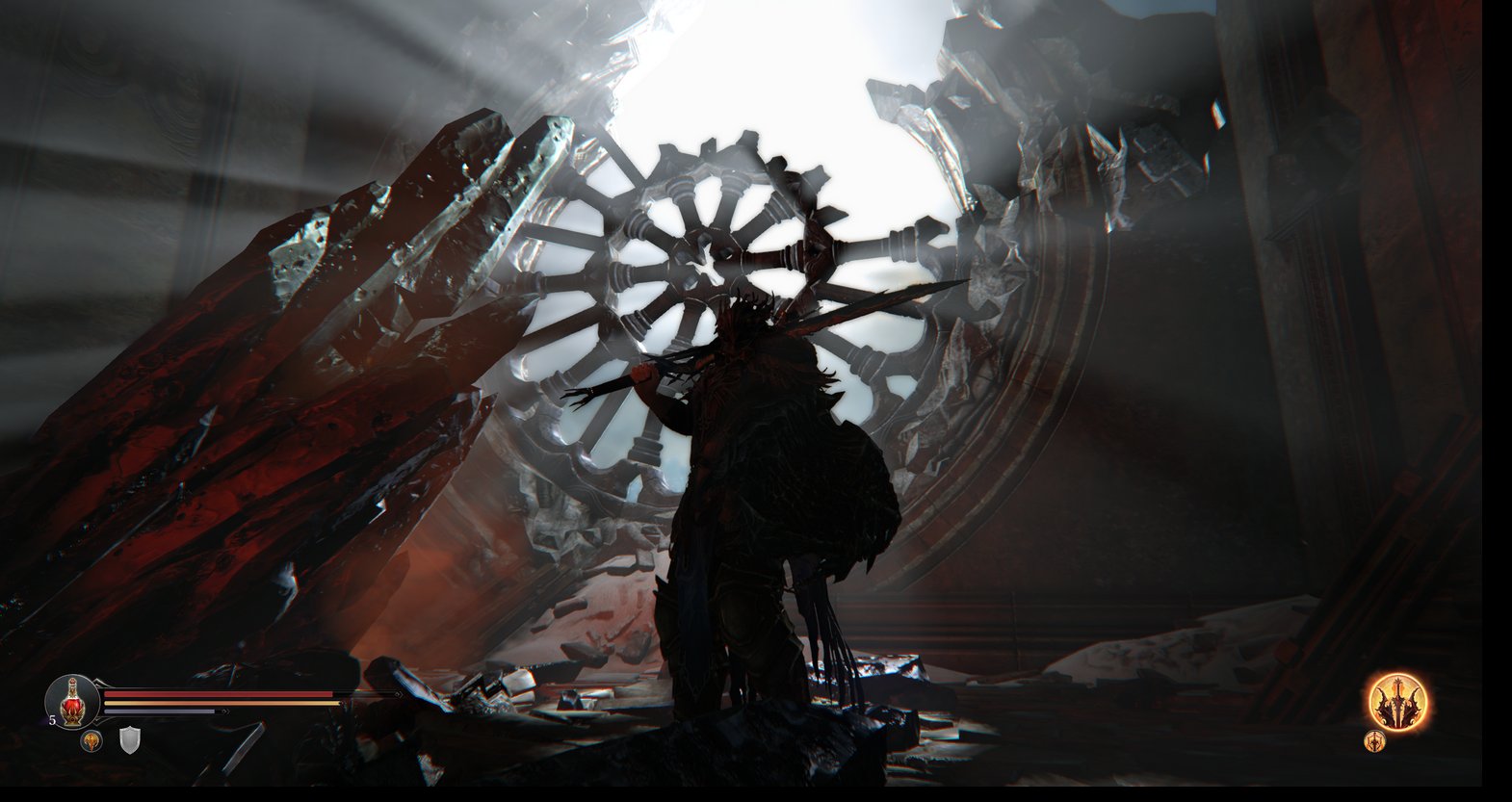Our Verdict
A competent action RPG with real challenge that lets you get a little too powerfulthat is, if your PC is powerful enough to run it without crashing.
PC Gamer's got your back
What is it? An action RPG which takes after Dark Souls
Reviewed on: Core i5-3570, 8GB RAM, GTX Titan
Play it on: 3 GHz quad-core Intel CPU, 8GB RAM, GTX 760 series or better
Price: $50/£30
Copy protection: Steam
Multiplayer: None
Link: Steam store page
Lords of the Fallen is a decent action RPG. LordsOfTheFallen.exe, on the other hand, has stopped working. Lords of the Fallen has interesting, fun combat, and when that giant multi-stage boss only needs one more hit to kill, LordsOfTheFallen.exe has stopped working. LordsOfTheFallen.exe is a vile, cruel bastard, worse than any boss in Lords of the Fallen.
It’s fitting that a game which takes after Dark Souls has technical issues. One way or another, Lords of the Fallen will kill you, and if it weren't for those crashes (I'll elaborate on that later), it'd be a more-easily recommendable grimdark hack-n’-slash. It doesn’t delight in death nearly as much as the series it takes after—it’s much easier—but it will kill you and make you learn from it.
I chose the warrior class, with big, strength-dependent weapons. I could have been an agile rogue, dual-wielding small blades, or a faithful cleric with magical swords. I almost always choose the rogue in RPGs, but I didn’t like the rogue here. In some of Lords’ cramped dungeons, being nimble just might lodge the camera in a wall and turn out to be more disorienting than helpful. When being run down by an eight-foot-tall hell soldier in a hallway barely big enough for both of us, it didn’t matter a whole lot that I could roll in any direction.
Lords is set entirely in a fortress—its walls, square, citadel, and crypt—and in the bad guys’ alternate dimension fortress, with a couple open areas on the surface and a network of winding passages below. Outside of that, the plot doesn’t deserve many words: You play as a stone-faced, tattooed prisoner, released to help fight the evil Rhogar and slay the titular Lords. You say really gruff, stoic stuff, and are boring. You meet a woman who might be an ally and might not, but either way is pretty boring too.
While some of the boss intros are truly fearsome, don’t be fooled by the gorgeous opening cinematic, because it’s the only time Blizzard-quality CG appears. The rest of the cutscenes are in-engine, and sometimes broken: in one instance, a character model didn’t appear, so I watched as an ally threatened to throw no one over a ledge. It was funny, but also sealed for me that the plot wasn’t the strong-suit here. Surprisingly, I did enjoy Lord’s resolution, but only so much as to say I wasn’t totally bored by it.
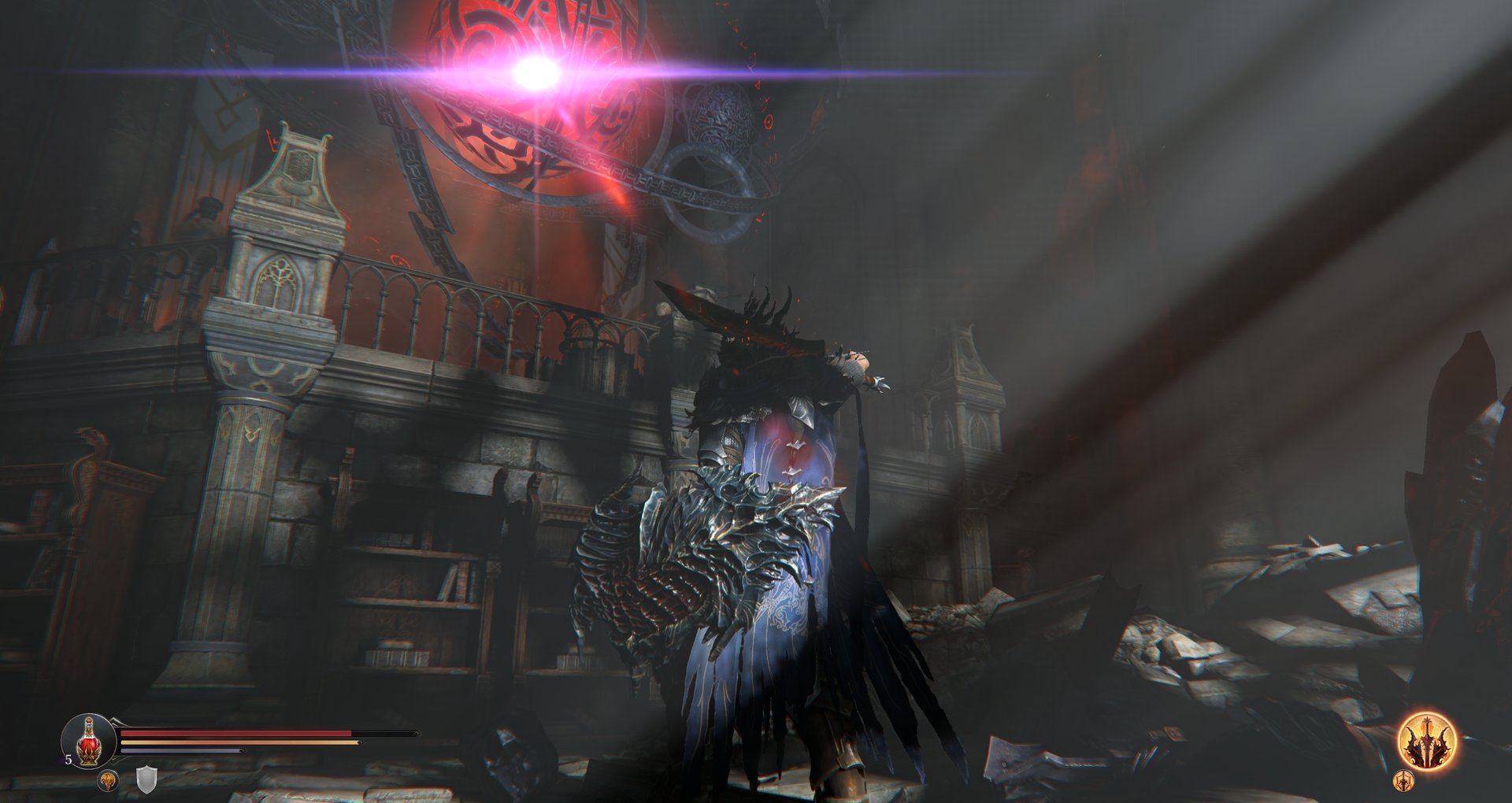
Lost in stone
The visual highlights of Lords are its weapons, armor, and enemies. By the end of the game, I looked properly—ridiculously—badass, and the grotesque monsters were all delightfully evil: blubbering, blind sacks of pus, poison-spewing spiders, and soulless swordsmen, more than a few of which are absurdly huge. The environment looks very nice—especially for its lighting—but it's a network fantasy stonework buildings on top of fantasy stonework dungeons. That can only get so exciting to look at.
While it feels big at first, Lords’ world isn’t. You can run back from the furthest point in the game to the very first room pretty quickly, and there’s a lot of going back and forth as the plot progresses and sidequests are unlocked. The underground mazes are complex enough, though, that if I wasn’t brainlessly plodding through known territory, I was getting frustratingly lost. The crypt and enemy fortress are made of samey hallways and chambers, and there’s no map to help. At one point I scrambled around for an hour, fighting the same enemies over and over, because the boss I was meant to face was tucked away somewhere I never thought I needed to return.
Above: I was just trying to take a nice screenshot.
Checkpoints along the way can be activated to set your respawn point and refill health potions, which are the only way to heal in battle. I must have visited some of them over a hundred times, filling my health before running off to explore or grind, then back again to deposit my experience—their other utility—and unlock attribute and spell points.
In a nod to Dark Souls, if you die while carrying experience, it will stay with your ghost and must be retrieved if you want to use it to advance your character. The flipside is that the more experience you have on you, the better the loot you’ll get from enemies. I never carried more than 5000-or-so experience on me (a moderate loss), and got plenty of magic runes to slot into my weapons and armor, so it wasn’t a big consideration. The only times I was upset about losing experience were when I felt cheated, like when I fell off the edge of an alternate-dimension ‘challenge’ area (great areas for grinding) not realizing that the dark, hazy otherworld had an edge to fall off of. That was stupid, but hey, I learned something: don’t run into dark spaces, especially when you’re in another dimension.
Don’t run into dark spaces, especially when you’re in another dimension.
The real story of Lords is not its plot or Generic Fantasy Setting. It’s the story of my character and I, once weak and clueless, becoming godlike. I really like the combat system, because except when I was simply overwhelmed, success was entirely about timing, positioning, stamina management, and what became a complete understanding of every enemy’s movements and attacks, and all of my own attack animations. Even when grinding the same whirling warriors, giant shield men, and dog-like monsters, over and over as I wandered around lost, I had fun experimenting and improving.
During the first few hours, I learned how to time combos to minimize stamina loss, how to knock a shield away and follow up with a big heavy swing, when to cancel a swing into a block or roll, and every possible way to trigger alternate attack animations that might squeak past an enemy shield and land a direct hit. I learned how each weapon type handles differently: greatswords with slow, pendulous swings, two-handed polearms for spins and stabs, hammers that crash down from above. I learned which was best for each enemy, and because you can fill your inventory with swords and hammers and axes without ever worrying about the burden (equipment weight only matters for the stuff you’re wearing), I could try them all out whenever I wanted.
Aside from learning how to beat every enemy, I also learned where they all spawn. There is a lot of wandering and a lot of backtracking, and while certain enemy spawns will change as the plot progresses, you’ll kill many of the same ghouls, standing right where they were at hour one. It makes the world feel as if it’s in stasis: a dream where everyone is the permanent memory of a grotesque beast you’ve met before. Either that, or a whining injured soldier, with a couple monks thrown in to move the plot forward.
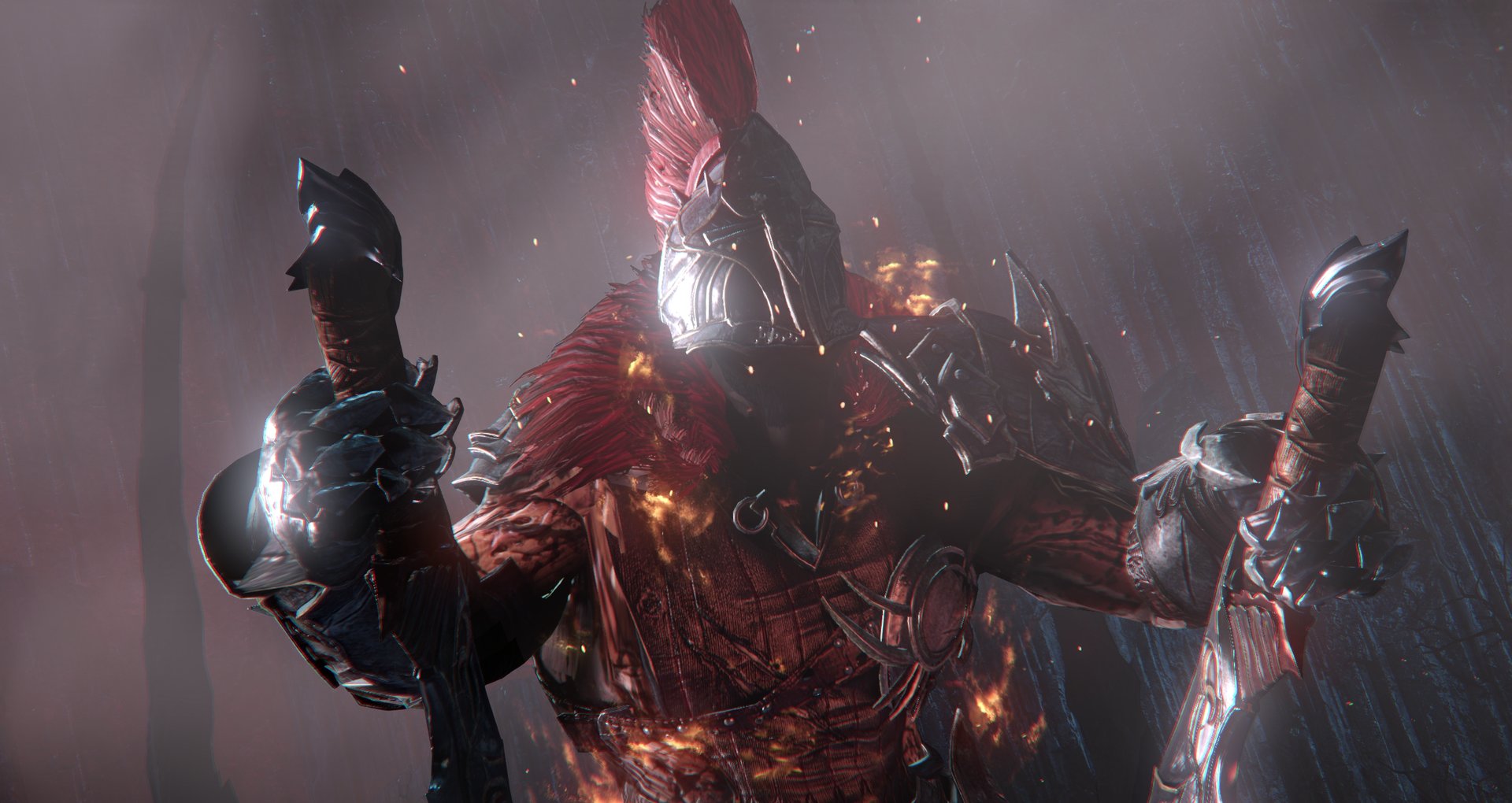
Who's the boss
While the titular Lords are clearly meant to be the draw, I didn’t find that to be true. I enjoyed the boss fights, but like just about every boss fight before them, they're about exploiting big, sweeping patterns. In the first, for instance, the hulking swordsman does the typical ‘bring sword down so hard it gets stuck in the floor’ move. So I punished him for the moment he was vulnerable, then backed off and roll-dodged his charge attacks for a bit until he did it again.
The bosses get more complex later, but that’s the gist. For the most part, if I kept my distance they’d maintain a pattern of ranged attacks. I could return with my own ranged attacks—projectiles from a magical gauntlet I picked up early on—and then continue running around avoiding them. That’s how I beat a couple of the early bosses, and during that time I preferred the more personal, creative fights with regular enemies.
A couple mid-game bosses were trickier (somewhere around five tries each), but later, after a lot of grinding, I beat two major bosses on my first tries because I’d become so powerful I could get in their faces and swing my massive, glowing greatsword wildly, only backing away now and then to drink a healing potion or dodge a special projectile attack. Once I finally allowed myself to use magic (I'd been trying to role-play as a non-magical warrior), the Rage spell changed everything. Every attack and block normally consumes stamina, limiting me to a few swings per combo. Rage temporarily unburdened me from that limitation, letting me chain five or six or more attacks, each more powerful than the last.
While it was superficially enjoyable to absolutely demolish everyone in my way as I trekked up to the final boss, that eventual godlike status is my biggest criticism of the combat. Once my strength and vitality were up over 20 and I was fully kitted out with heavy armor and weapons bigger than I was, I could plow through just about anything in my way. I still died sometimes, but only when I was careless, and I was only really careless out of boredom. That was all until the final two bosses, at least. There’s a pretty rough two-on-one fight that took me several tries, and the final boss doesn’t go down easy. Still, they're both about patience, like nearly all boss battles ever: learn the pattern, know when to dodge and heal, and do as much damage as you can when you have the chance.
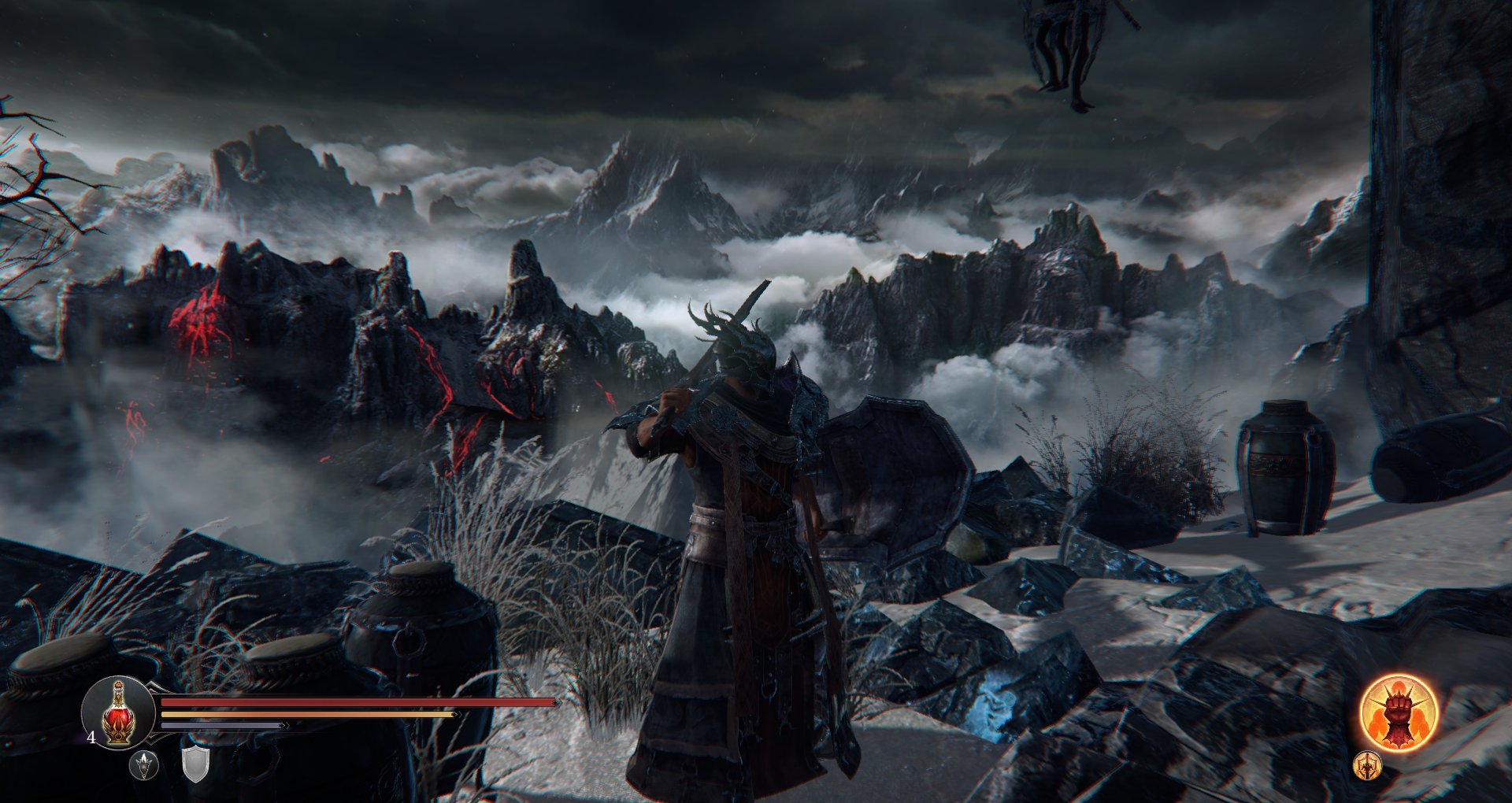
Crash test dummy
But the most challenging thing about Lords is trying to beat it while regularly losing 20 minutes of progress to a crash. I reproduced these repeated crashes on two PCs, both with high-end Nvidia GPUs (a Titan and a Titan Black). A colleague I talked to who is running a GTX 780 experienced no crashes, but they were very common for me, even after updating to the latest GameReady drivers.
The recommended system specs on Steam are a Core i7-3770, 8GB RAM, and a GeForce GTX 560 ti or better. On my older work machine with a Radeon HD 5900, Lords of the Fallen crashed at launch. On my second try, it took several minutes to load the first area, chugged a bit, and crashed again. Admittedly, this is the system I do all my work on, and it's seen better days since I started slowly choking it to death with games and software three years ago. Even so, come prepared with a high-end system. Along with my review code came some some different recommended specs: 3GB DDR5 VRAM (GeForce 760 or better), 3 GHz quad-core Intel CPU, and 8GB RAM, with a note that 4GB VRAM and 12GB of RAM will “make the game really shine.”
At home with a Core i5, 8GB RAM, and a GTX Titan, it ran at a steady 50-60 FPS at 1080p. There’s no vsync option in the menu, so I had to manually disable it in the Nvidia control panel to keep it from dumping me down to 30 FPS. I also lowered the graphics settings from ‘very high’ to ‘high,’ and that seemed to reduce (but not eliminate) my crashing problem.
Obviously, not many people have a GTX Titan, so I also tested it on the same machine with the recommended GTX 560ti. I dipped below 20 FPS during fights even with the graphics set to ‘low.’ So be wary of the minimum GeForce GTX 460 or better listed on Steam. I recommend a 700 series or comparable AMD card.
The most challenging thing about Lords is trying to beat it while regularly losing 20 minutes of progress to a crash.
As for the controls, An Xbox One controller gave me the best experience, but there were still frustrations. It loved to switch the enemy I had targeted without my permission, sending a high-energy attack into empty space.
I was also bothered by how tapping the ‘B’ button cycles through spells, while holding it down casts the currently-selected spell. Some of the spell icons are abstract patterns that are hard to differentiate at quick glance, so I cast the wrong spell a lot early on, not realizing that I’d tapped ‘B’ somewhere along the way. I failed a boss fight because of a miscast, cried a bit, and got into the habit of constantly switching away from and back to the spell I wanted just in case—like tapping my wallet before I leave a restaurant. There's an alternate controller set up, but I didn't find it elegant and stuck to the default.
It’s too bad, because I like Lords of the Fallen. If you have a capable rig—and don’t experience the crashes I did—I think it’s a worthwhile experience. Still, it’s less interesting than Dark Souls in terms of plot and setting, and full of wandering and grinding that first tested my patience, and finally made me as powerful as some of the bosses. If I could take its combat system, weapons, and enemies and put it all in another more interesting game, I would.
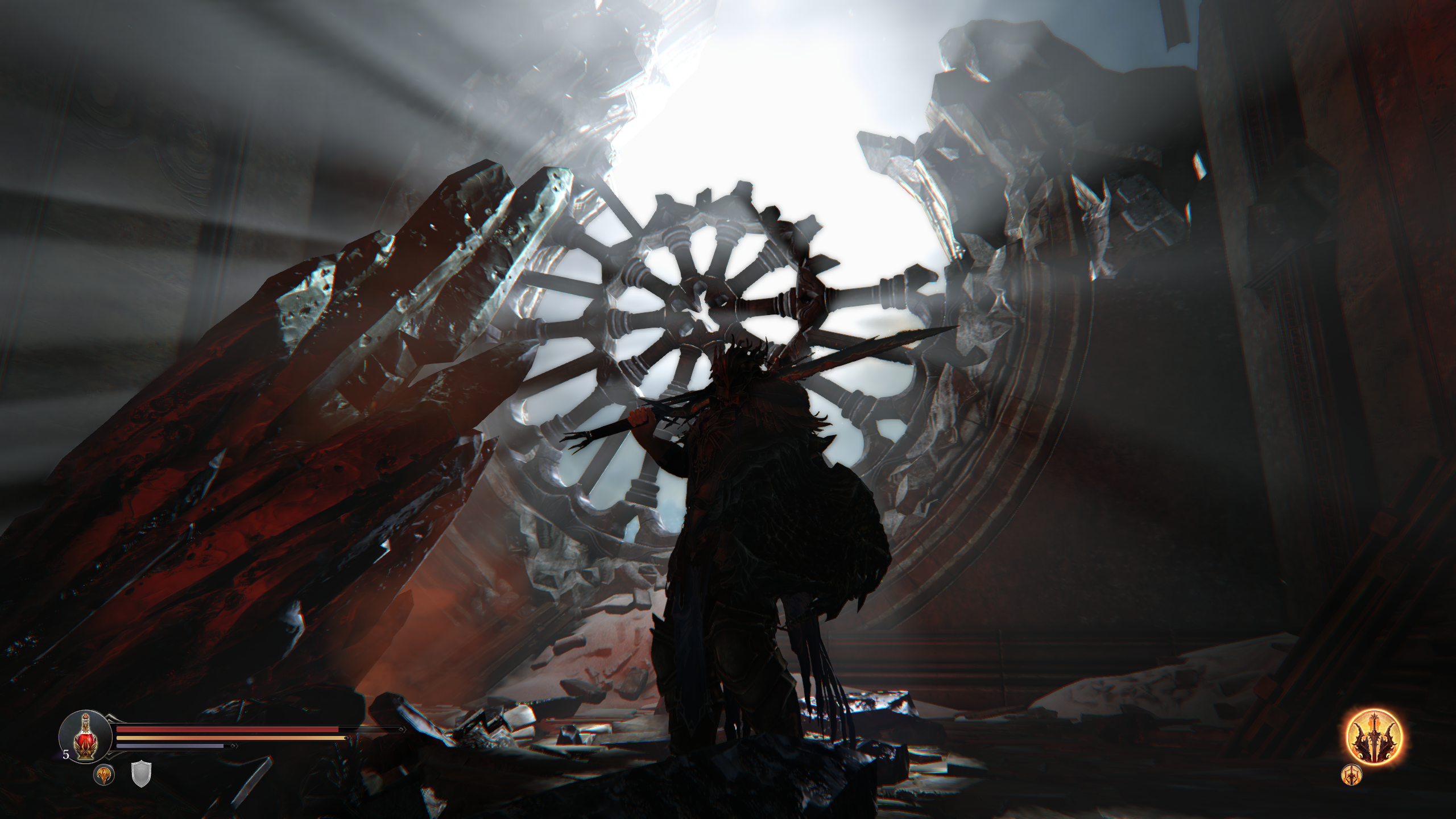
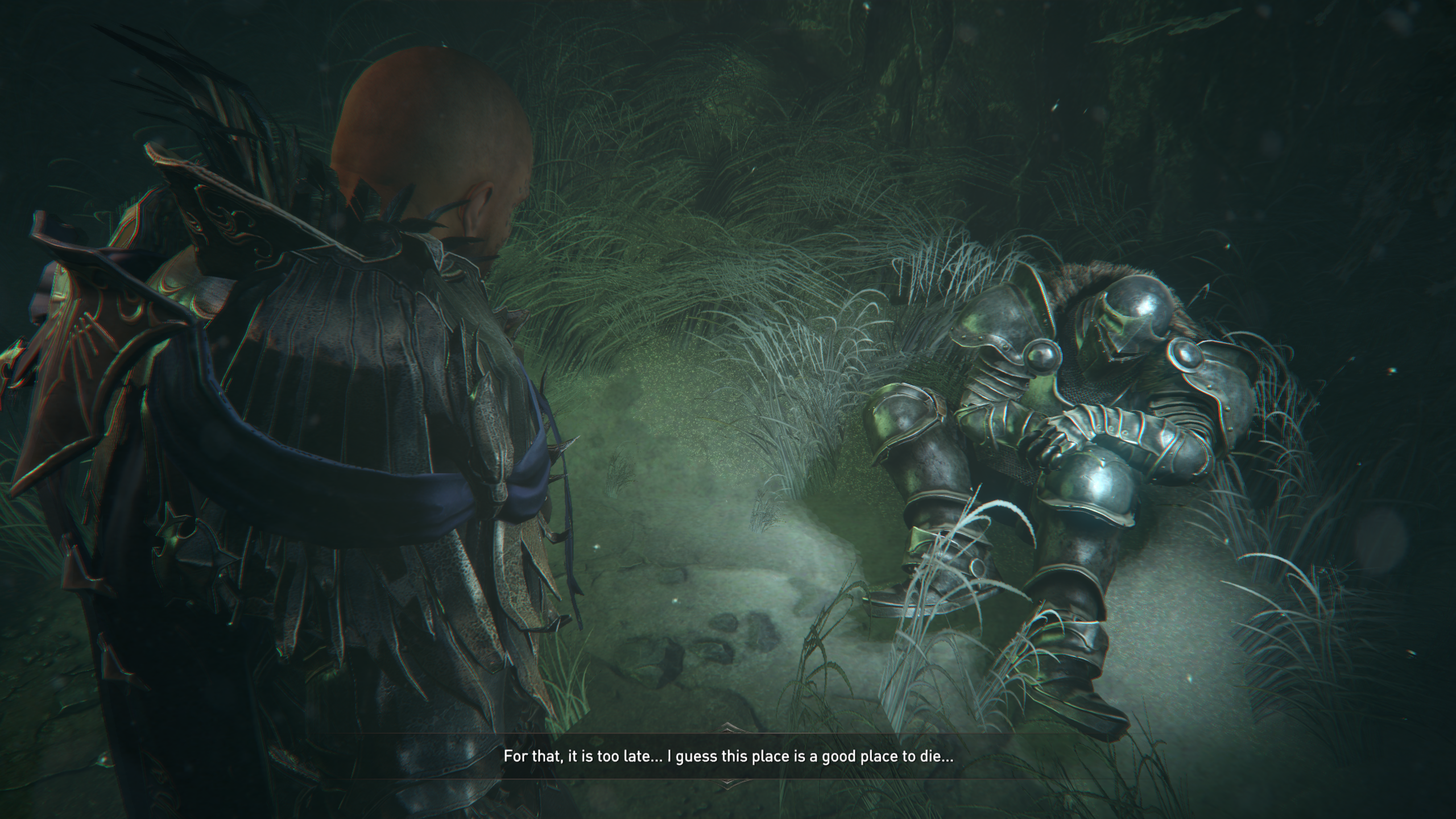
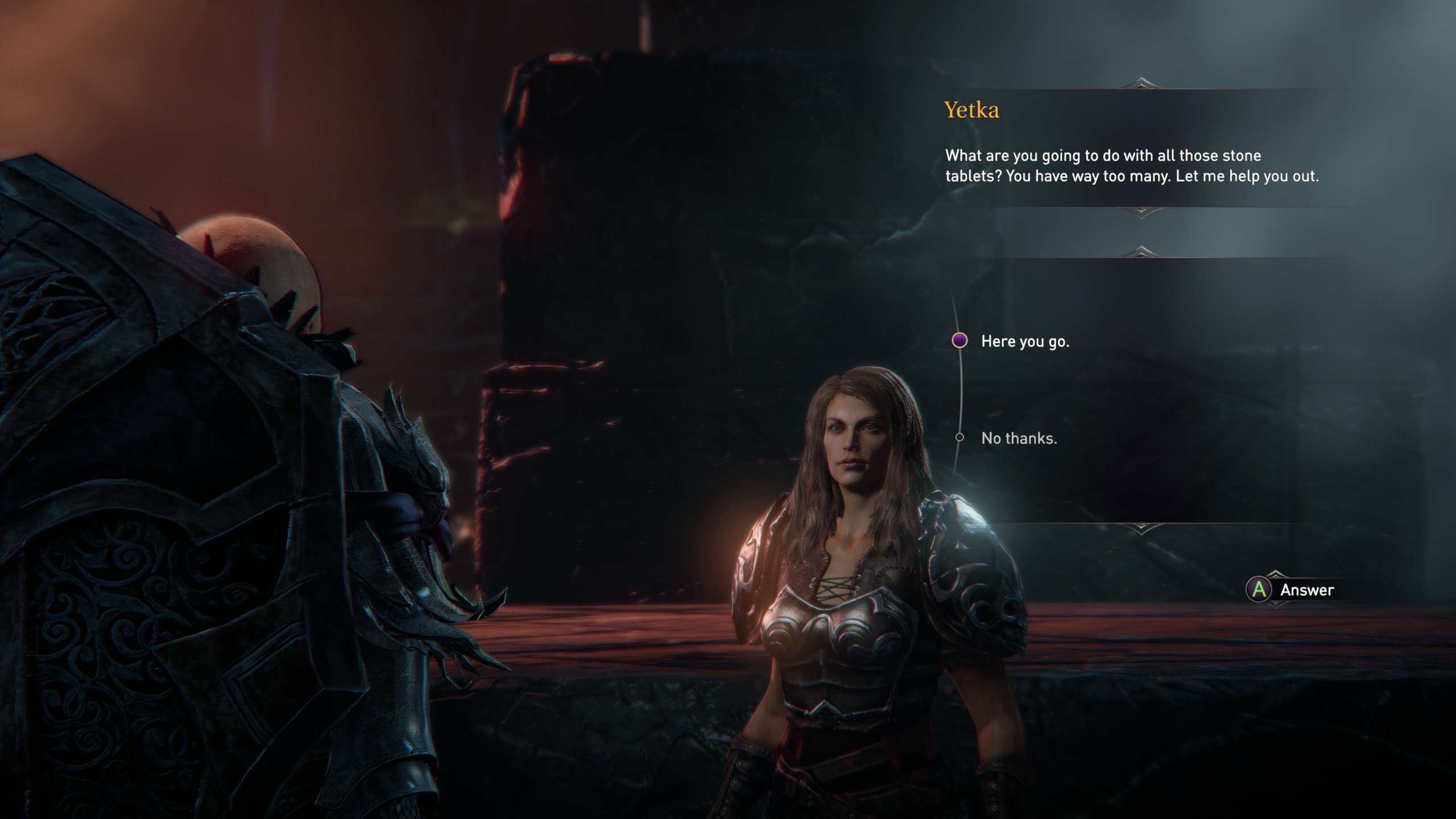
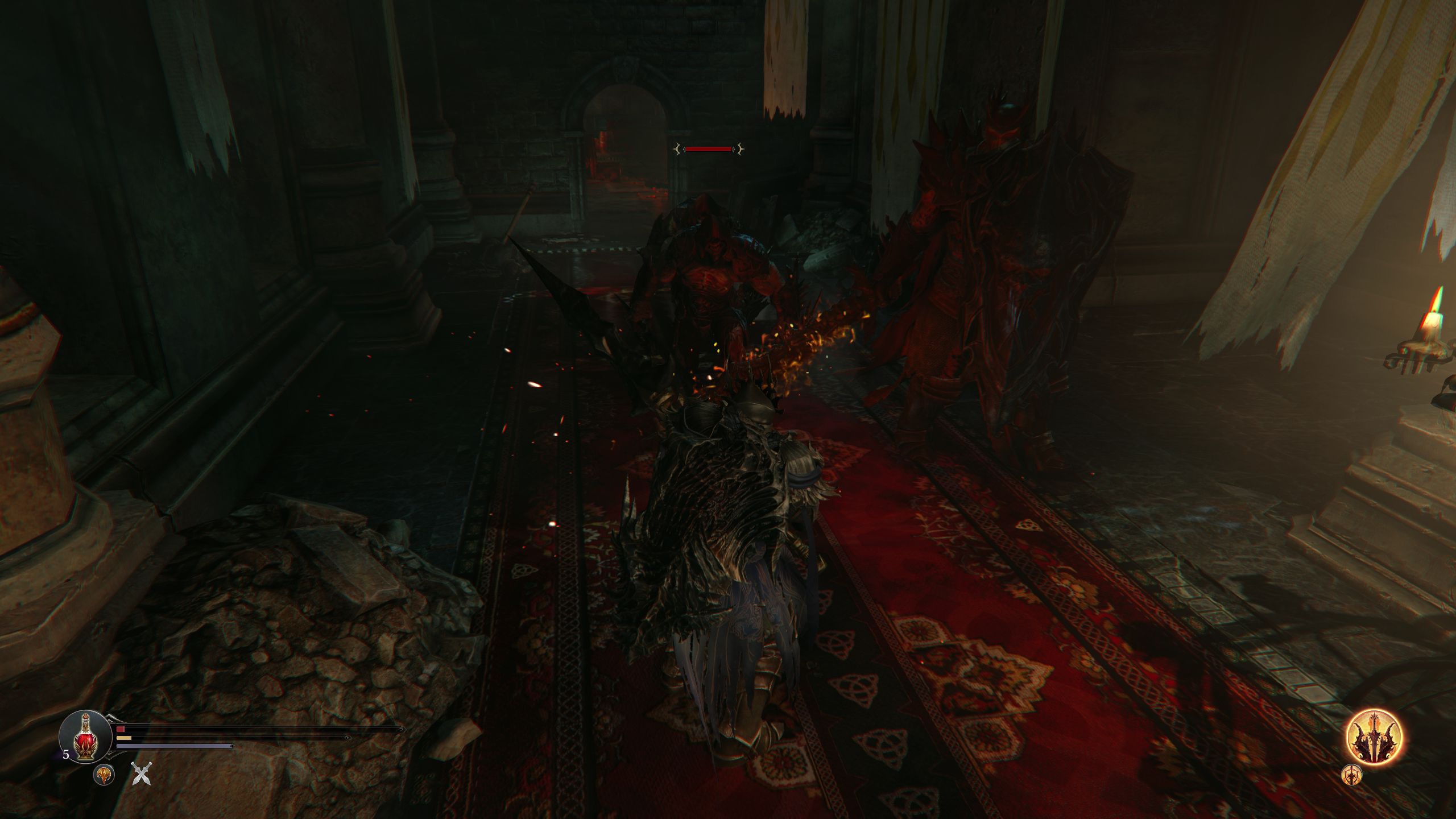
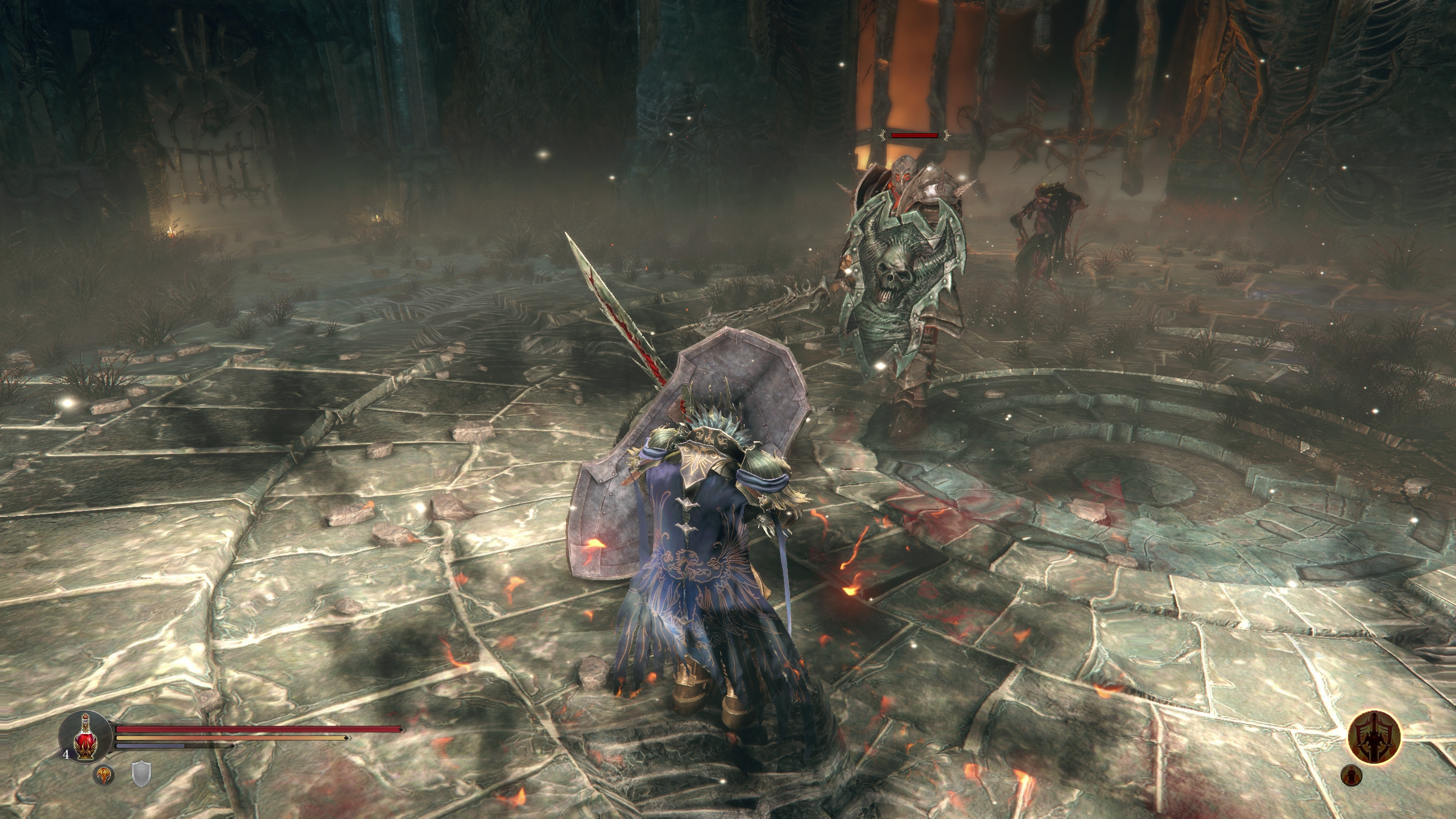
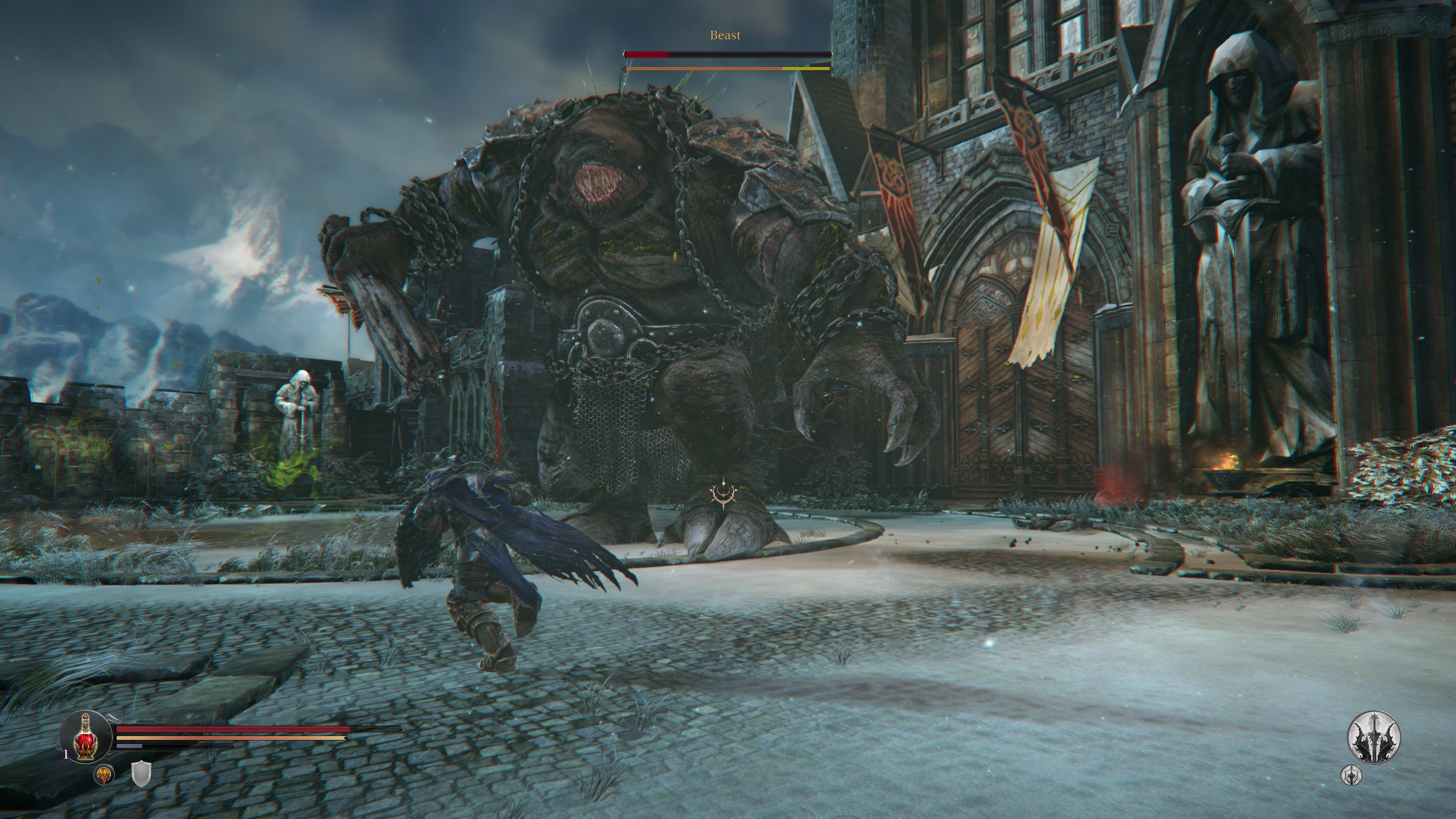
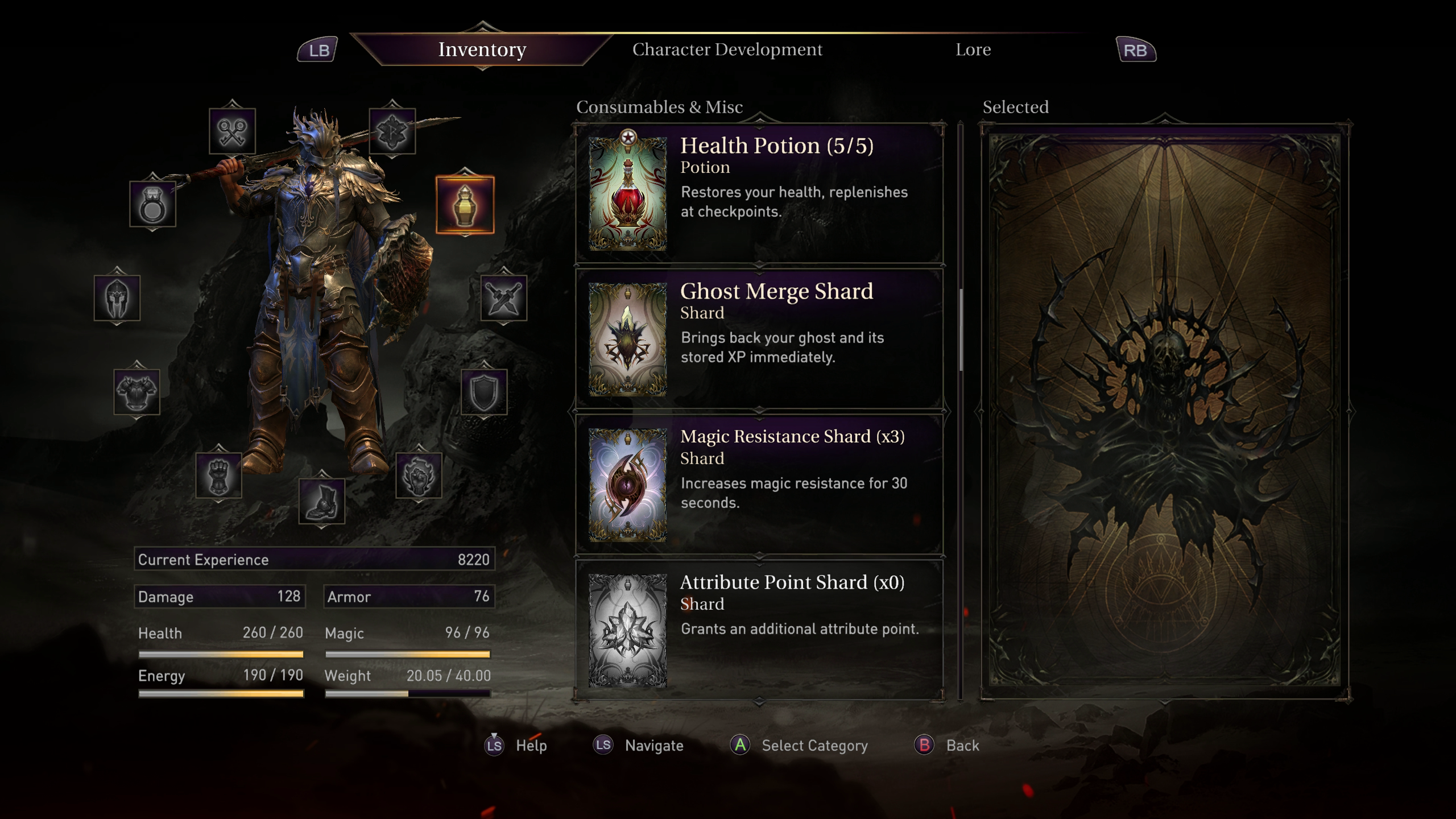
A competent action RPG with real challenge that lets you get a little too powerfulthat is, if your PC is powerful enough to run it without crashing.

Tyler grew up in Silicon Valley during the '80s and '90s, playing games like Zork and Arkanoid on early PCs. He was later captivated by Myst, SimCity, Civilization, Command & Conquer, all the shooters they call "boomer shooters" now, and PS1 classic Bushido Blade (that's right: he had Bleem!). Tyler joined PC Gamer in 2011, and today he's focused on the site's news coverage. His hobbies include amateur boxing and adding to his 1,200-plus hours in Rocket League.
